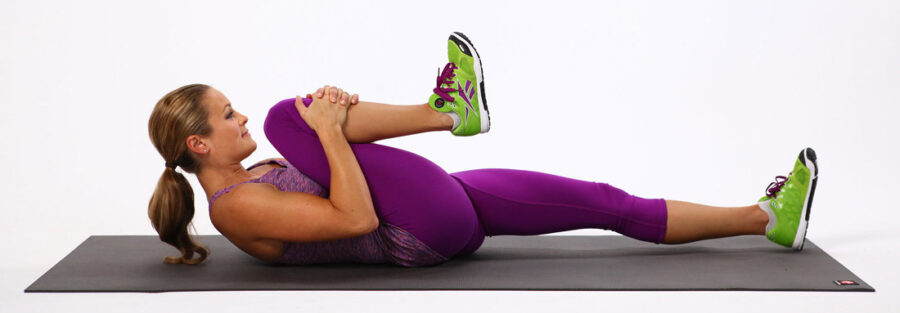When many think of muscle tissue, they envision masses of clay that can be forced into a certain shape by “stretching.” The truth is that the nervous system is in charge. It “runs the show”.
When we are under the influence of general anesthesia, we have an astonishing range of motion. This is because the nervous system is overridden when we are under its influence. So it is the nervous system that in fact, determines how “flexible” we are. And obviously, too much flexibility is not a good thing, either. In order to function or produce force, we need some structure and rigidity.
Stretching helps muscles and nerves work better together
Let’s take a deeper look at the mechanisms of the “neuromuscular” system, which is really just the mechanism behind the movement.
First, we have what are called neuromuscular junctions. This is where the nervous system meets the muscle. It tells the muscle fibers to “turn on” or fire, or to shut off. (excitatory and inhibitory functions are the technical terms) For many reasons, sometimes these junctions do not always do what we want them to do. But this can be changed via many therapeutic techniques, such as Motor Point Therapy, which is really a simple manual technique performed by some physical therapists and acupuncturists.
We can also develop trigger points, which are small muscle “knots” which can disrupt the function of the entire muscle and cause pain to refer to different areas of the body. Again, releasing these points is the goal. Acupuncture is great for releasing trigger points.
Our muscles also have fibers called muscle spindles. When a muscle is overstretched, these fibers will cause the muscle to shorten and contract again. This is a protective mechanism that makes a lot of sense, as it keeps us from inadvertently tearing ourselves apart.
We are what we do most frequently.
If, for example, I spend most of my time sitting and blogging, my neuromuscular system will adapt. When we sit for a position for a long period of time, say hunched over the computer, (I am checking my posture now!) some muscles will become elongated and weak, most notably the muscles in the posterior (back) of the body and others will shorten. (muscles in the front of the body) My nervous system will also adapt.
If I spend my time training for bike racing, it will adapt to my frequent interaction with a piece of machinery that is designed to amplify speed and power and give me a different experience than I would get by walking, running, or hiking.
I may, as a result, develop an entirely different set of muscle imbalances and may require more cross-training and yoga or Pilates to counteract the repeated movement patterns that create these imbalances. This will also keep my core strong and my hips more mobile so I can be more effective on the bike. And again, this is about the neuromuscular system, not just my muscles.
Putting it all Together: Frequency, not Intensity, is most important
You cannot just “stretch the hell out of your muscles” every now and then and expect results.
Say I wanted to try to do full Hanumanasana (splits) today. My muscles have not even attempted this full pose in a few years. Sure, I have done some of the prep poses and modifications. But to try to force myself into this pose right now would result, at best, in no change, and at worse, a tissue injury that could take a LONG time to recover from.
[note]An injury that would most likely cause funky compensatory patterns and even more injuries by not focus on stretching.[/note]
Still, many of us think we can outsmart our bodies. (Think starvation diets) We can’t really trick the nervous system into allowing us to do something we have never done, or have not done in years.
[blockquote type=”1″ position=”right” author=””]You cannot expect that performing a few quick stretches at the gym on Tuesdays will undo all the time that is spent sitting with bad posture. You need regular stretching.[/blockquote]
When we invest more time in doing what we choose, the neuromuscular system will give us, right back, what it thinks we want, whether that be practicing ballet 6 hours a day or sitting in a chair for 8.
It means that we need to stop thinking that our brains know what is best for our neuromuscular system, which operates at a completely different level than our cognitive processes. It does not care about schedules, classes, and compartmentalization. It will let us move when we first choose to MOVE. Often.
It means that “stretching” (which is beginning to sound to me like a medieval torture technique than something natural or healthy) is actually about exploration, moderation, and gradually “remodeling” ourselves at the cellular level.










































